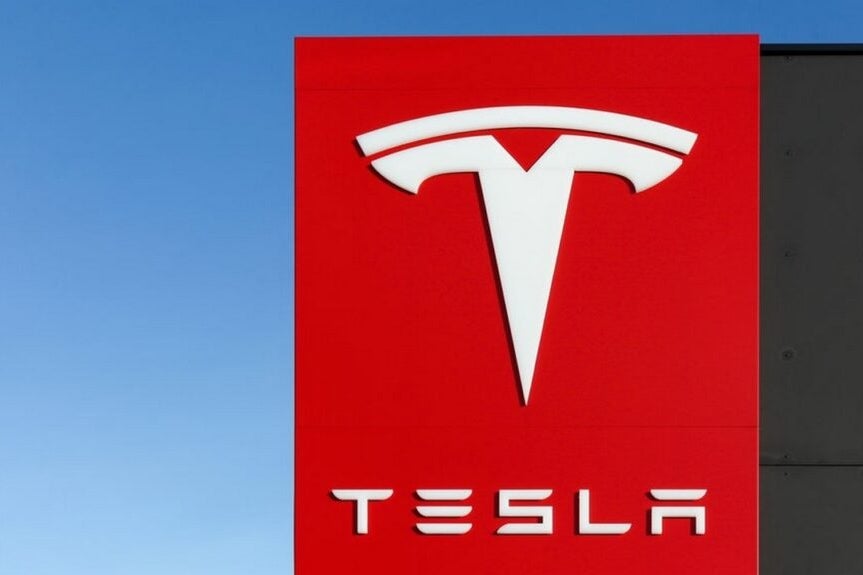Tesla’s Tumultuous Path Ahead: Navigating New EV Policies
As Tesla navigates a challenging first half of the year due to new electric vehicle regulations, one analyst remains optimistic, projecting a 20% rise in the company’s stock with a $500 price target. This forecast has sparked discussions among investors and industry experts alike: will Elon Musk’s vision weather the storm of policy changes? The landscape of electric vehicles (EVs) is rapidly evolving, and Tesla stands at the forefront, facing both challenges and opportunities.
The Current Landscape of Electric Vehicle Regulations
Electric vehicle policies are becoming increasingly stringent across the globe. Governments, driven by environmental concerns and a desire to reduce carbon emissions, are implementing new regulations that affect manufacturers and consumers alike. In the United States, the Biden administration has set ambitious targets for EV adoption, aiming for 50% of all new vehicle sales to be electric by 2030. While this goal presents a tremendous opportunity for growth, it also places significant pressure on automakers like Tesla to ramp up production and meet new standards.
These regulations primarily focus on:
- Emissions Standards: Stricter emissions regulations mean that automakers must produce cleaner vehicles or face penalties.
- Subsidies and Incentives: Governments are offering tax credits and incentives for EV purchases, which can influence consumer behavior and demand.
- Charging Infrastructure: Investments in charging networks are critical, as the availability of charging stations can significantly affect EV adoption rates.
Tesla’s Response to Regulatory Challenges
Tesla has long been a leader in the EV market, but the changing regulatory environment requires a proactive approach. The company’s response has included:
- Expanding Production Capacity: Tesla has been ramping up production in its Gigafactories, particularly in Texas and Berlin, to meet growing demand.
- Innovating Technology: Continuous advancements in battery technology and autonomous driving capabilities are crucial to maintain a competitive edge.
- Strategic Partnerships: Collaborations with charging network providers and battery manufacturers are key to overcoming infrastructure challenges.
Analyst Predictions: Optimism Amid Uncertainty
Despite the tumultuous regulatory landscape, analysts are expressing optimism regarding Tesla’s future. One notable analyst has projected a 20% increase in Tesla’s stock price, setting a target of $500. This bullish outlook is based on several factors:
- Brand Loyalty: Tesla has established a strong brand reputation and a loyal customer base, which can drive continued sales.
- Market Leadership: As a pioneer in the EV sector, Tesla is well-positioned to capitalize on the growing demand for electric vehicles.
- Innovation Pipeline: Upcoming product launches, such as the Cybertruck and advancements in self-driving technology, are expected to attract new customers.
The Role of Consumer Sentiment
Consumer attitudes toward electric vehicles are shifting, influenced by both environmental awareness and government policies. As more consumers consider the benefits of EVs, Tesla’s strong market presence could serve as a catalyst for growth. However, potential customers are also weighing factors such as:
- Price: With rising inflation and economic uncertainties, consumers are more price-sensitive than ever.
- Charging Infrastructure: The convenience of charging stations plays a significant role in the decision-making process.
- Vehicle Variety: As the market becomes more competitive, consumers are looking for a diverse range of models and features.
Global Expansion and Competitive Dynamics
Tesla’s journey is not just about navigating U.S. regulations; the company is also expanding its footprint in international markets. Countries like China and those in Europe present both opportunities and challenges. Tesla’s Gigafactory in Shanghai has become a critical hub for production and sales, but competition from local manufacturers is intensifying.
In Europe, competition is heating up with established automakers and new entrants entering the EV space. Tesla’s ability to maintain its market share will depend on:
- Localization: Adapting products to meet local tastes and regulatory requirements can enhance Tesla’s appeal in foreign markets.
- Supply Chain Management: Managing supply chains effectively to mitigate disruptions and ensure timely delivery of components and vehicles.
- Brand Positioning: Continuing to position itself as a premium brand while also offering more affordable options can capture a broader audience.
Elon Musk’s Vision: The Driving Force Behind Tesla
At the heart of Tesla’s strategy is Elon Musk, whose vision and leadership have propelled the company to its current status. Musk’s approach to innovation—coupled with his focus on sustainability—has resonated with consumers and investors alike. As he continues to champion the transition to sustainable energy, his leadership will be pivotal in guiding Tesla through the evolving regulatory landscape.
However, Musk’s sometimes controversial statements and actions can create volatility in stock performance. Investors must weigh the risks and rewards associated with his leadership style and the company’s ambitious goals.
Conclusion: A Bright Future or a Bumpy Ride?
As Tesla faces a tumultuous path ahead due to new EV policies, the optimism from analysts regarding a potential 20% surge in stock price reflects a belief in the company’s resilience and innovation. The challenges posed by regulatory changes, competition, and consumer sentiment will require strategic navigation. However, with strong brand loyalty, a commitment to innovation, and a proactive approach to market dynamics, Tesla remains well-positioned to weather the storm.
Ultimately, the question remains: will Elon Musk’s vision endure the scrutiny of changing policies and market conditions? Only time will tell, but the journey ahead promises to be both challenging and exciting for Tesla and its investors.
See more Business Focus Insider Team

